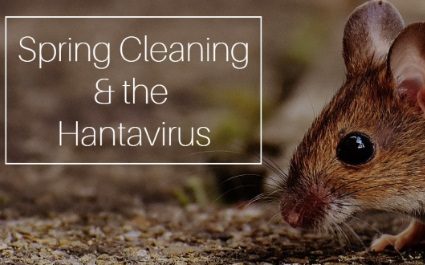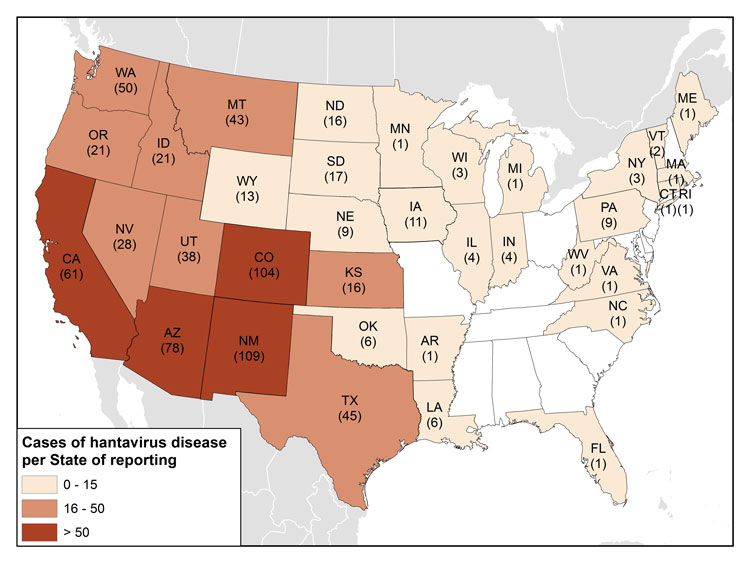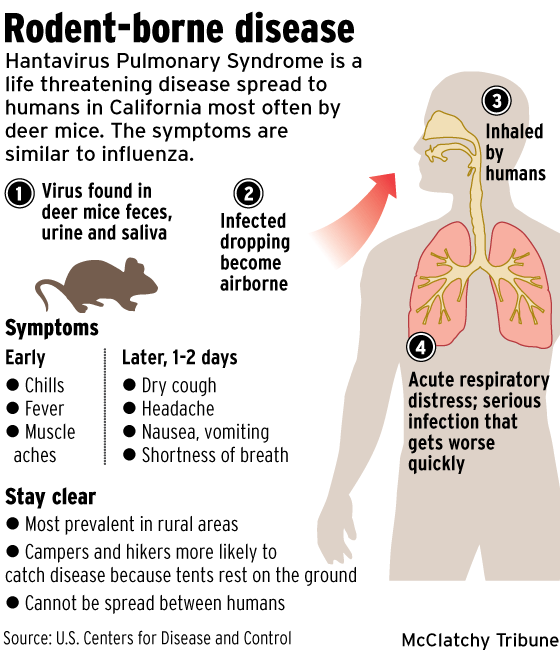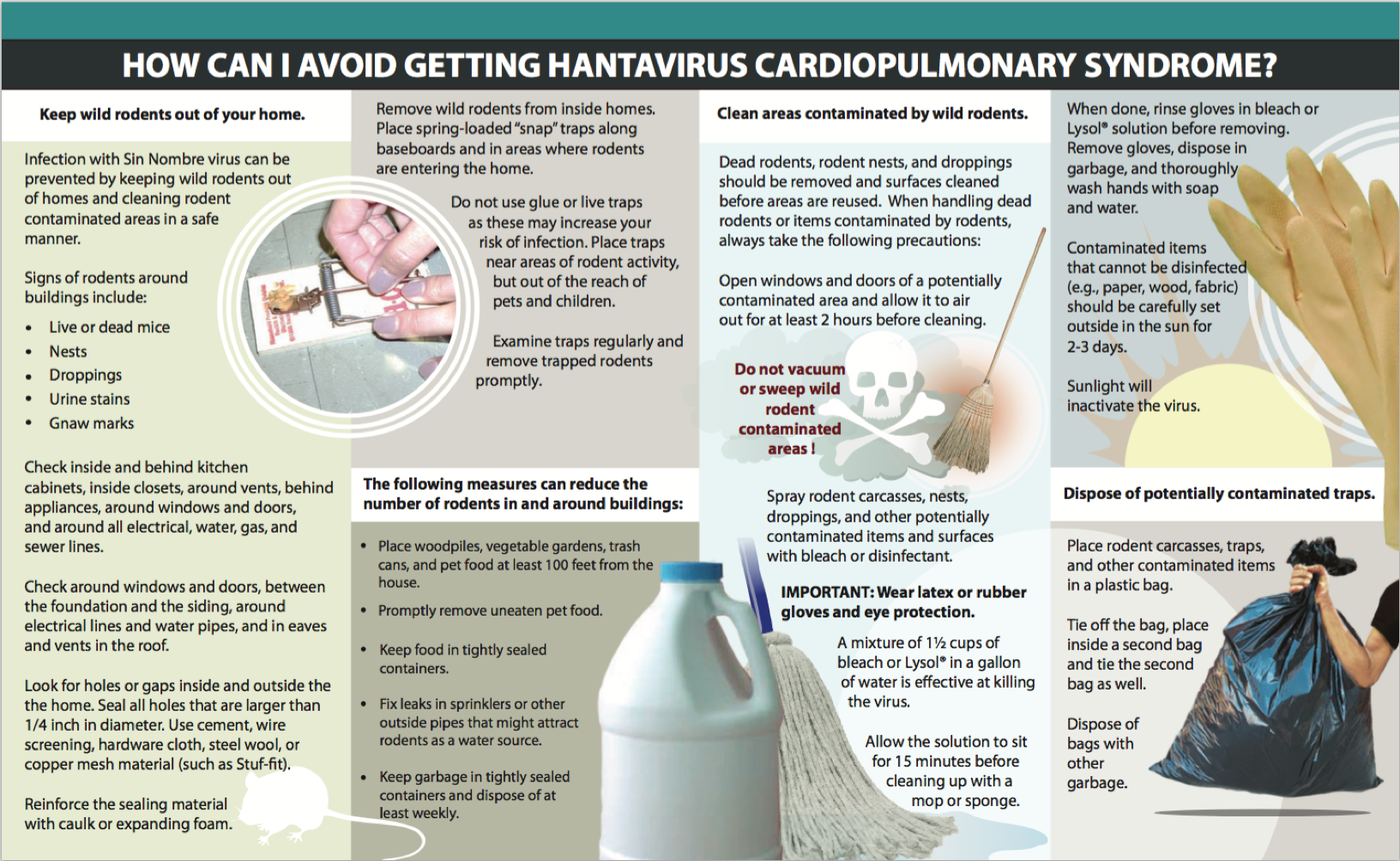Outsourcing your company's janitorial services will reduce the likelihood of employees and students coming into contact with the deadly hantavirus, commonly found in enclosed areas infested by mice who have sought sanctuary indoors from the winter cold.
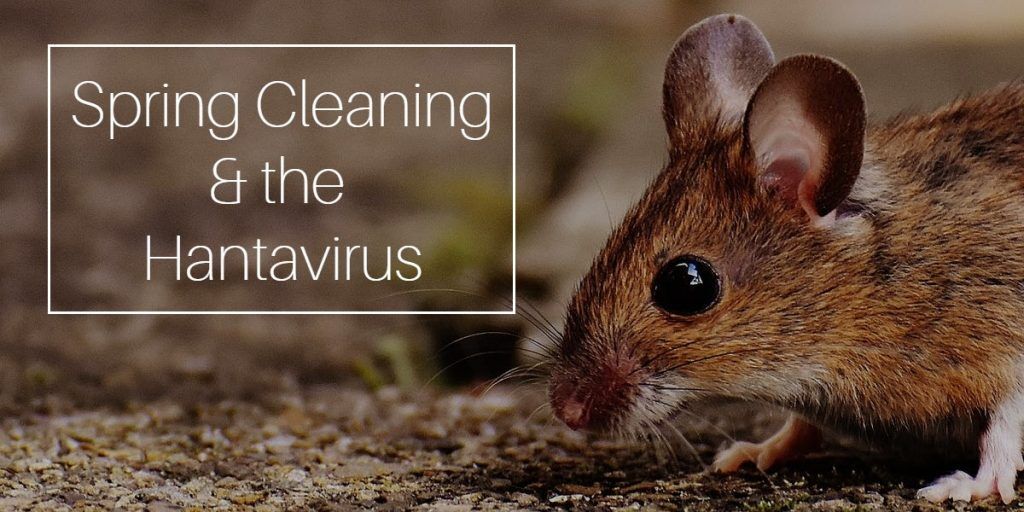
Safe Spring Cleaning for Rodent Infested Buildings
The harsh winter cold drives rodents, such as mice, indoors to seek sanctuary until the spring--typically leaving a path of destruction in their wake.
Mice also leave urine, saliva, and feces droppings that, if infected with the hantavirus, can cause serious health issues, and possibly death--killing up to 40% of those affected with the disease.
The severe respiratory illness is known as hantavirus pulmonary syndrome, or HPS.
In the United States, most of these cases are spread by deer mice, which live in woodland areas and deserts and are found throughout North America.
People get the disease by breathing in hantavirus when dust from dried rodent urine, saliva and droppings is stirred up in the air, which can happen in houses, garages and cabins, especially while cleaning.
Spring cleaning? Keep in mind this rare but deadly mouse-borne virus
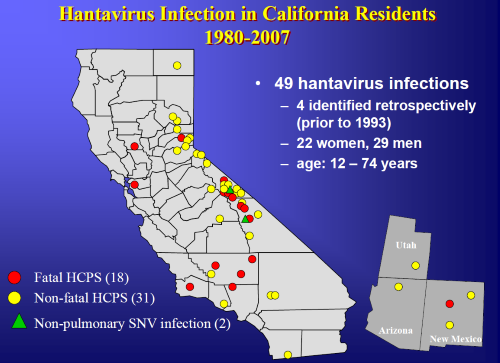
Hantavirus FAQ
Q: How is Hantavirus Spread?
A: Hantavirus is spread to humans by inhaling contaminated particles of mice droppings, urine, or saliva, most commonly while cleaning, leading to a rare but often fatal lung infection called hantavirus pulmonary syndrome (HPS).
In North America, hantavirus and HPS are only spread to humans by the deer mouse, the white-footed mouse, the rice rat, and the cotton rat.
According to the U.S. Centers for Disease Control and Prevention;
People get HPS when they breath in hantaviruses.
This can happen when rodent urine and droppings that contain a hantavirus are stirred up into the air.
People can also become infected when they touch mouse or rat urine, droppings, or nesting materials that contain the virus and then touch their eyes, nose, or mouth.
They can also get HPS from a mouse or rat bite.
To date, no known transmission in the U.S. between one person and another has been documented.
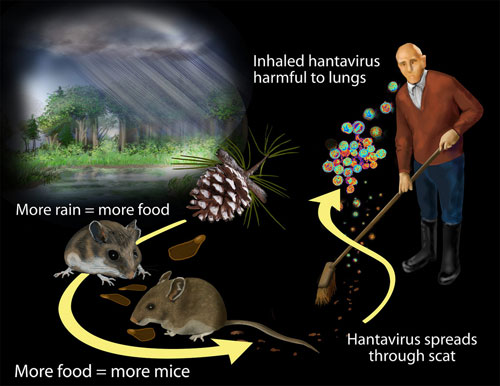
Image courtesy of the Ventura County Resource Management Agency
Q: Who is Vulnerable?
A: Everyone is vulnerable to hantavirus, including people with healthy immune systems.
Cases of the virus have been reported everywhere in North America, except Alaska and Hawaii, with 61 cases reported in California in 2017.
Q: What are the Signs and Symptoms of Hantavirus?
A: Due to the limited number of cases of hantavirus infections, little is understood about the incubation period, but it is assumed, based on available data, that symptoms begin to manifest within 1 to 8 weeks of initial infection.
Early symptoms may include:
- Headaches.
- Dizziness.
- Chills.
- Nausea.
- Vomiting.
- Diarrhea, and;
- Abdominal pain.
Within 4 to 10 days of the early symptoms manifesting, late-term, or advanced symptoms will begin to appear, including:
- Coughing
- Shortness of breath.
- Tightness in the chest.
- A sensation of being smothered, and;
- Fluid in the lungs.
Source:
Q: How is the Hantavirus Treated?
A: Currently, there is no vaccine or cure for the hantavirus infection.
Patients who seek medical attention early enough are intubated and provided with oxygen therapy in hospital intensive care units.
The further along the symptoms and the progression of the virus, the less likely the survival rate.
According to the CDC;
[...] if you have been around rodents and have symptoms of fever, deep muscle aches, and severe shortness of breath, see your doctor immediately.
Be sure to tell your doctor that you have been around rodents—this will alert your physician to look closely for any rodent-carried disease, such as HPS.
Health and Safety Tips for Cleaning Rodent Infested Buildings
The adage, 'an ounce of prevention is worth a pound of cure' is especially relevant under the context of eliminating the presence of and cleaning up after, a rodent infestation in your home or business.
The first step is to identify and seal the points of entry.
The next being the identification of nesting, feeding, and defecation areas, and the safe removal of or elimination of all rodents--a task best suited for a licensed pest control company.
Keep in mind that rodent poison can be just as, if not more deadly, than the hantavirus. Therefore, a review of modern integrated pest control and management solutions is advised.
Once the source of the infestation has been removed and the entry sealed, the contaminated space will need to be cleaned and disinfected, following specific health and safety guidelines, including:
- Ventilate the area at least 30 minutes before full entry and cleaning.
- Avoid sweeping, vacuuming, or blowing out the space until it has been thoroughly cleaned and disinfected to prevent contaminated particles from being released into the air.
- Either dilute a solution of bleach or, better yet, use an EPA Category IV disinfectant to wet mop areas where droppings or urine have been identified.
- Steam clean or shampoo carpets, rugs, and upholstery that has been contaminated, or was potentially exposed to contaminated particles.
- Wear eye protection, respirators, disposable gloves, and protective clothing when cleaning the contaminated area.
- Dispose of all protective equipment and wash all clothing worn during the cleaning process immediately, ensuring that all items are handled with care.
- Make a second or third round, cleaning from top to bottom, floor to ceiling, then disinfecting to ensure no trace of the virus remains.
References & Resources
- Hantavirus season arrives with spring cleaning
- Ways to avoid hantavirus exposure as spring cleaning season begins
- Spring cleaning brings risk of hantavirus
- Hantavirus in North America: Rare but Deadly
Takeaway
HPS is deadly in nearly 40% of those who are infected, due in part to the parallel of the virus's symptoms to influenza, and the lateness of seeking medical attention.
HPS is acquired via inhalation or ingestion of contaminated particles originating from rodent droppings, urine, and saliva, as well as the occasional bite.
Due to the rarity of infection, little is understood about the virus, making diagnosis difficult and recovery a bit of a gamble.
Fortunately, preventative measures can be employed through proper cleaning and safety procedures, as well as the employment of necessary protective equipment.
If you suspect your building may be infested with rodents, do yourself and your family a favor--contact an experienced pest control and custodial expert to remove the infestation and clean the space safely.
If you would like to find out more about the dangers of spring cleaning in potentially rodent-infested buildings, as well as the documented advantages of outsourcing your businesses janitorial services to a certified green cleaning provider–contact us today for a free quote!
In Bakersfield CA, call (661) 4373253
In Fresno CA, call (559) 206-1059
In Valencia CA, or Santa Clarita CA, call (661) 437-3253

